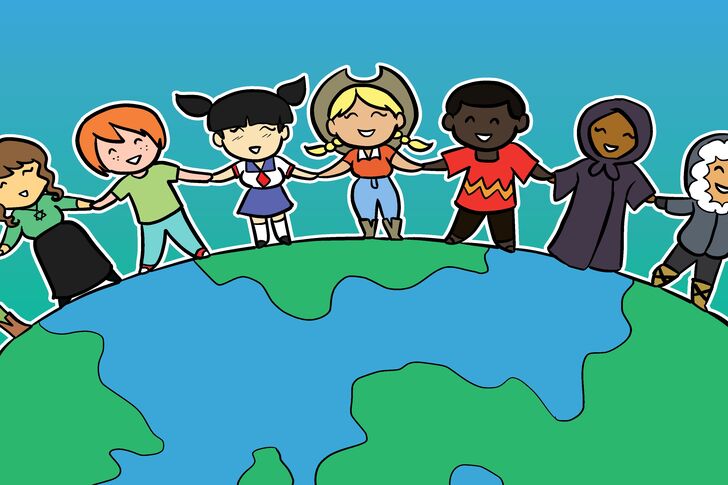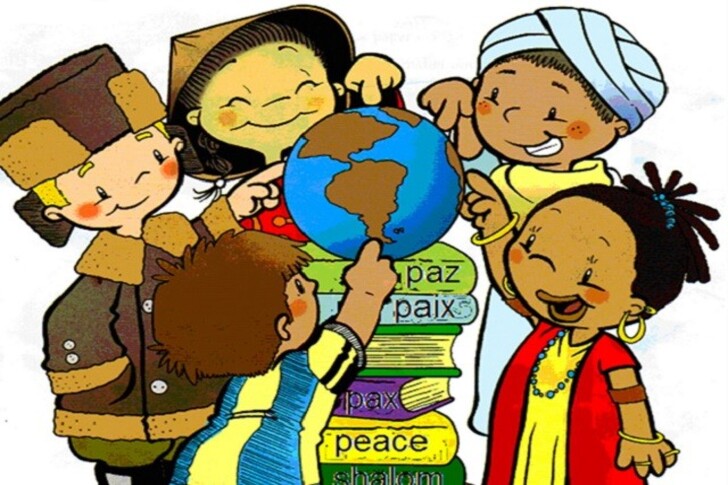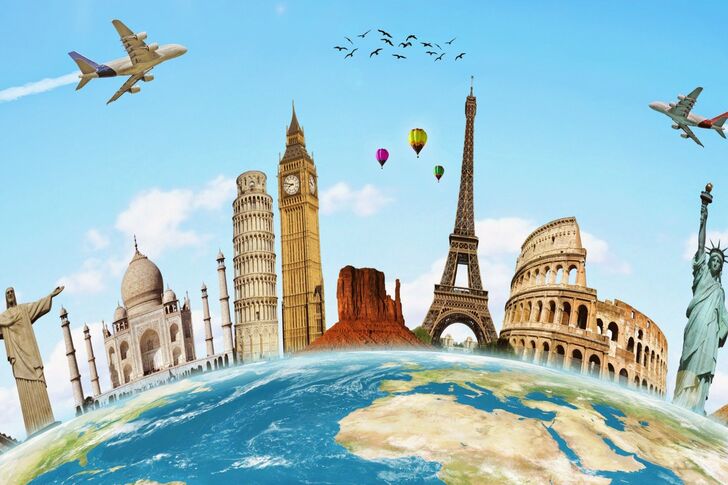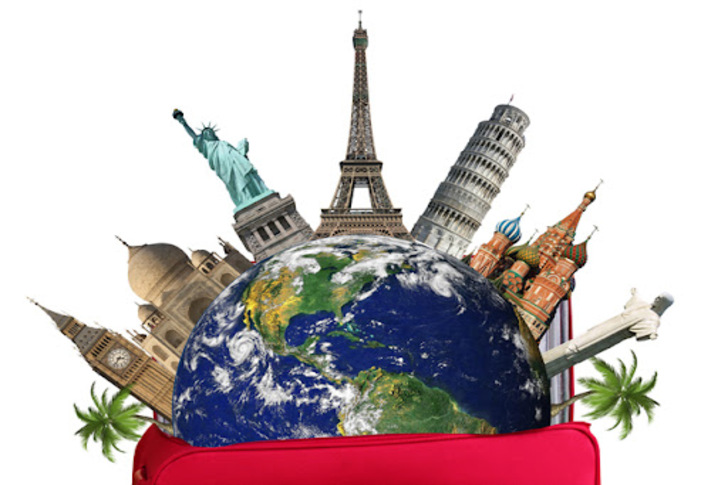Celebrate Diversity: Cultural Experiences and Traditions
Exploring cultural experiences and traditions is a wonderful way to appreciate the rich diversity of the world. These practices offer deep insights into the values, beliefs, and histories of different communities. This article highlights various cultural experiences and traditions from around the globe, providing a glimpse into the unique ways people celebrate, honor, and preserve their heritage. Whether through festivals, culinary traditions, or artistic expressions, these cultural practices enrich our understanding of humanity and foster a sense of global connection.
1Religious and Spiritual Practices
0 votes

Religious and spiritual practices are central to many cultures, providing a sense of purpose, community, and connection to the divine. These practices vary widely across cultures but often involve rituals, ceremonies, and traditions that are deeply embedded in daily life. Hinduism, for example, includes a variety of rituals such as puja (worship), meditation, and festivals like Holi and Diwali, which celebrate different deities and aspects of life. In Buddhism, practices such as meditation, chanting, and participating in retreats help individuals cultivate mindfulness and spiritual growth. Understanding and respecting these practices allow us to appreciate the profound role they play in shaping cultural identities and worldviews. Engaging with or learning about different religious and spiritual traditions fosters tolerance and a deeper appreciation for the diverse ways people seek meaning and connection in their lives.
0
Do you agree? 0% of people agree with your point of view!
2Culinary Traditions
0 votes

Culinary traditions offer a delicious gateway into understanding a culture. The foods people prepare and share are often deeply rooted in history, geography, and social customs. For instance, Japanese cuisine, with its emphasis on fresh ingredients and meticulous preparation, reflects a culture that values harmony and balance. Dishes like sushi and tempura highlight the natural flavors of ingredients, prepared with precision and care. In Italy, the tradition of pasta-making and the use of local, seasonal ingredients in dishes like pasta carbonara and risotto showcase the country’s regional diversity and culinary creativity. Exploring culinary traditions allows us to taste the history and heritage of different cultures, fostering a deeper connection through shared meals and cooking practices.
0
Do you agree? 0% of people agree with your point of view!
3Traditional Festivals
0 votes

Traditional festivals are vibrant celebrations that showcase the unique customs and heritage of a culture. These events often involve music, dance, food, and rituals that have been passed down through generations. For example, the Rio Carnival in Brazil is renowned for its colorful parades, samba music, and elaborate costumes, reflecting the country’s rich Afro-Brazilian culture. In India, Diwali, the Festival of Lights, involves lighting oil lamps, sharing sweets, and performing religious ceremonies to celebrate the victory of light over darkness. Participating in or observing traditional festivals provides a deep appreciation for the cultural values and communal spirit that define a society. These celebrations are a testament to the enduring power of cultural heritage and the joy of collective festivity.
0
Do you agree? 0% of people agree with your point of view!
4Traditional Music and Dance
0 votes

Traditional music and dance are expressive forms of cultural heritage that convey stories, emotions, and historical events. Each culture has its unique styles and rhythms that are often performed during ceremonies, festivals, and communal gatherings. Flamenco from Spain, with its passionate guitar music, singing, and dance, tells tales of love, struggle, and joy. In West Africa, drumming and dance are integral to cultural expression, with rhythms and movements that have been used for communication, celebration, and spiritual rituals for centuries. Experiencing traditional music and dance, whether as a participant or observer, offers a profound appreciation for the artistic traditions and the cultural narratives they represent.
0
Do you agree? 0% of people agree with your point of view!
5Art and Craft Traditions
0 votes

Art and craft traditions reflect the creativity and skills passed down through generations. These practices often use locally sourced materials and techniques that are unique to a region. For example, Native American beadwork and weaving are intricate art forms that carry cultural significance and historical stories. The detailed patterns and designs used in these crafts symbolize various aspects of nature, spirituality, and tribal identity. In Japan, the art of origami, the traditional craft of paper folding, transforms simple sheets of paper into complex sculptures, symbolizing beauty and precision. Engaging with traditional arts and crafts provides insight into the cultural values, resources, and aesthetic sensibilities of different communities, preserving and celebrating their heritage.
0
Do you agree? 0% of people agree with your point of view!
6Language and Storytelling
0 votes

Language and storytelling are fundamental to cultural identity, serving as vehicles for passing down knowledge, traditions, and values. Oral storytelling, in particular, has been a primary means of preserving history and teaching moral lessons in many cultures. The Aboriginal Dreamtime stories of Australia, for example, describe the creation of the world and the ancestral beings that shaped it, providing a spiritual and cultural framework for the community. In Ireland, the tradition of seanchaí (storytellers) involves reciting epic tales and folklore that capture the essence of Irish heritage. Learning about and engaging with the languages and stories of different cultures enhances our understanding of their worldviews and strengthens the connection to our own cultural roots.
0
Do you agree? 0% of people agree with your point of view!







Recent Comments